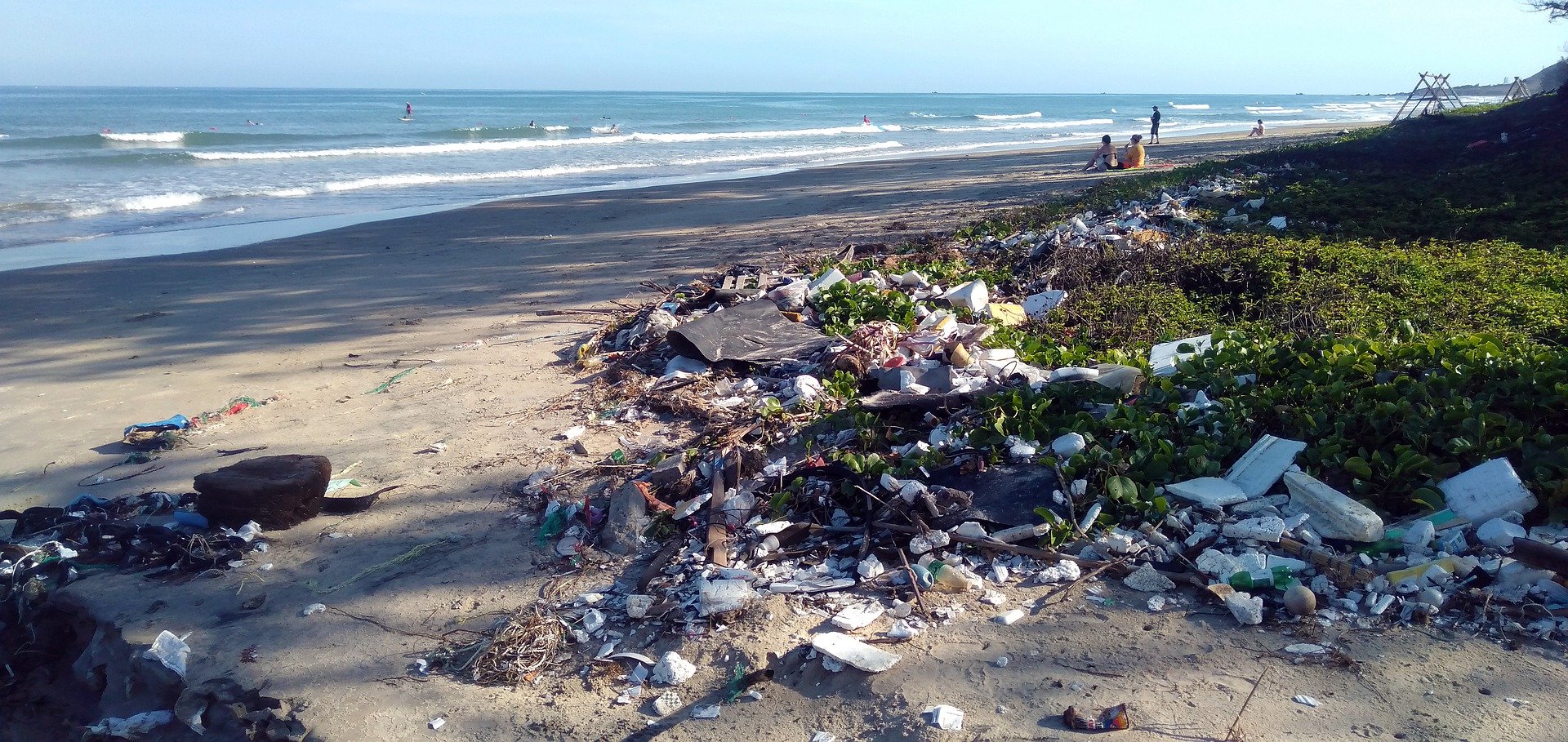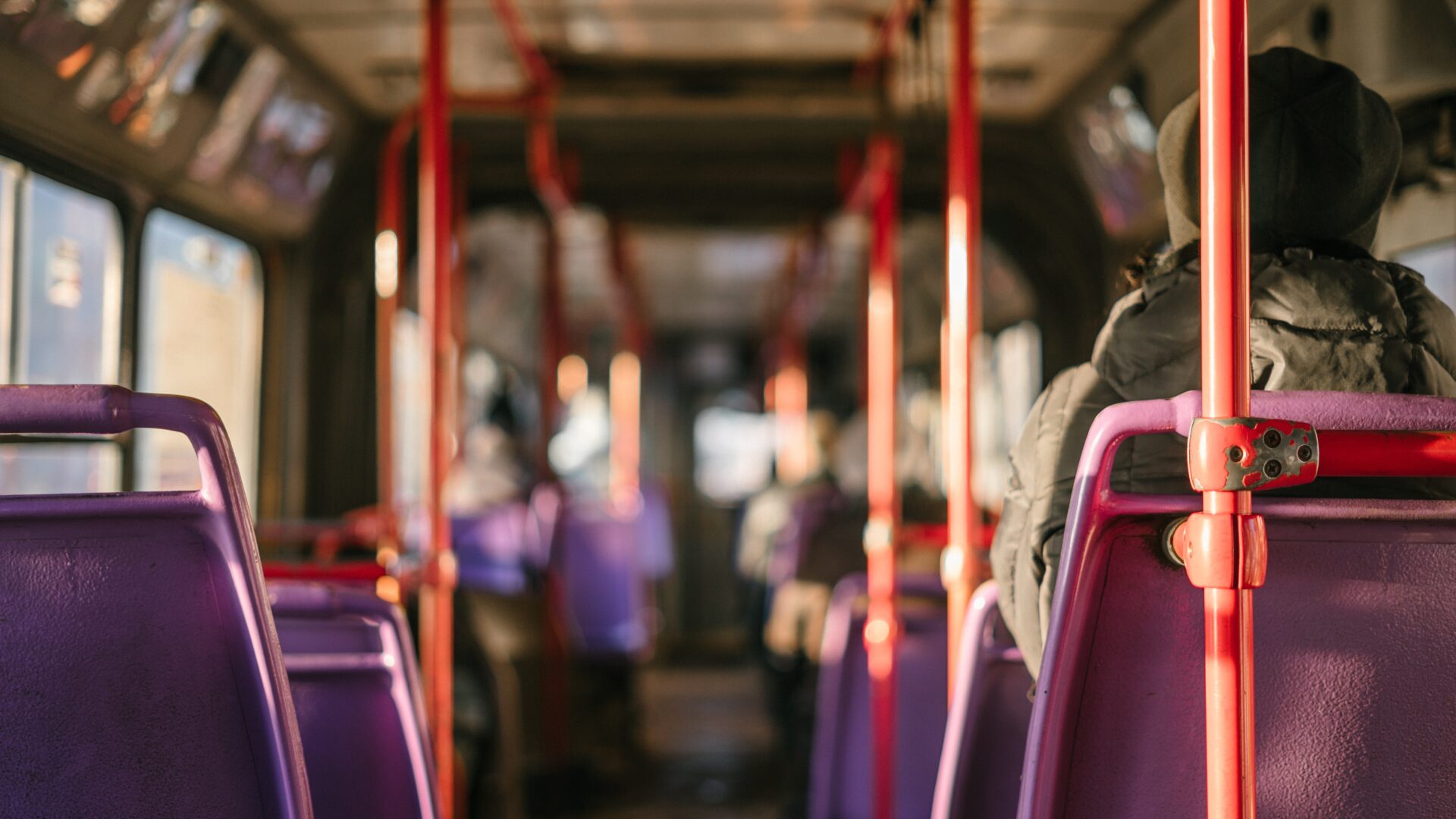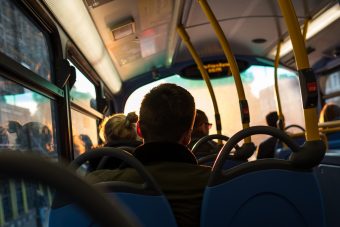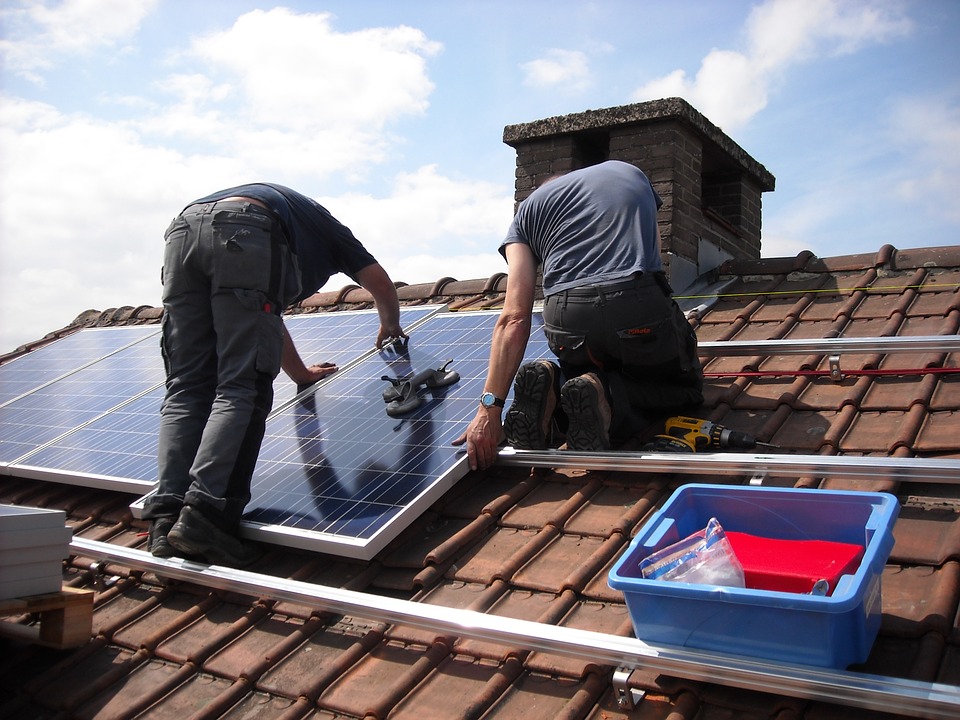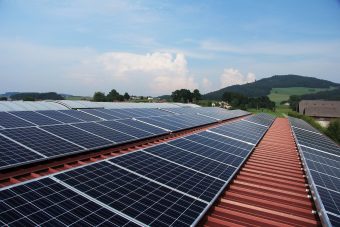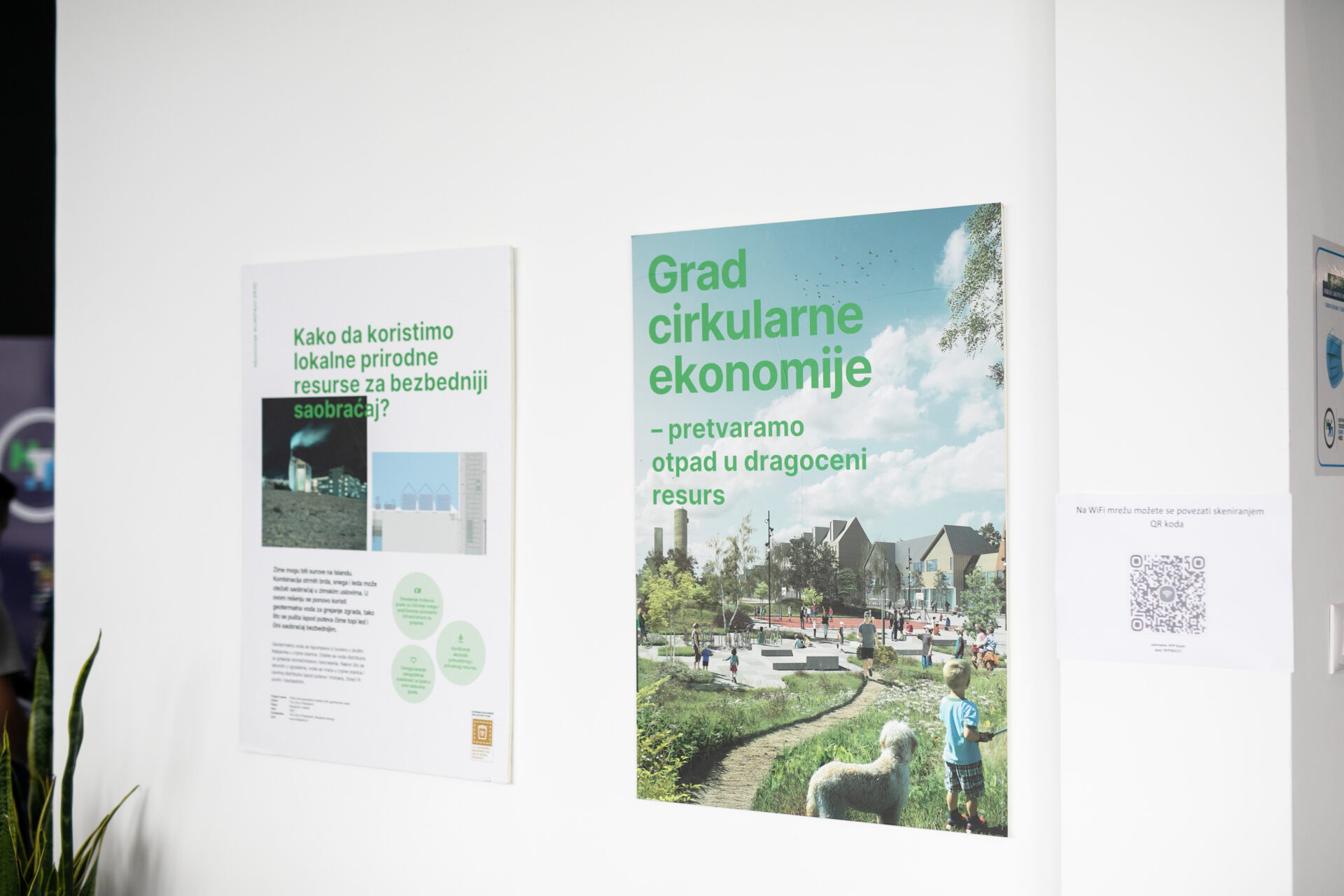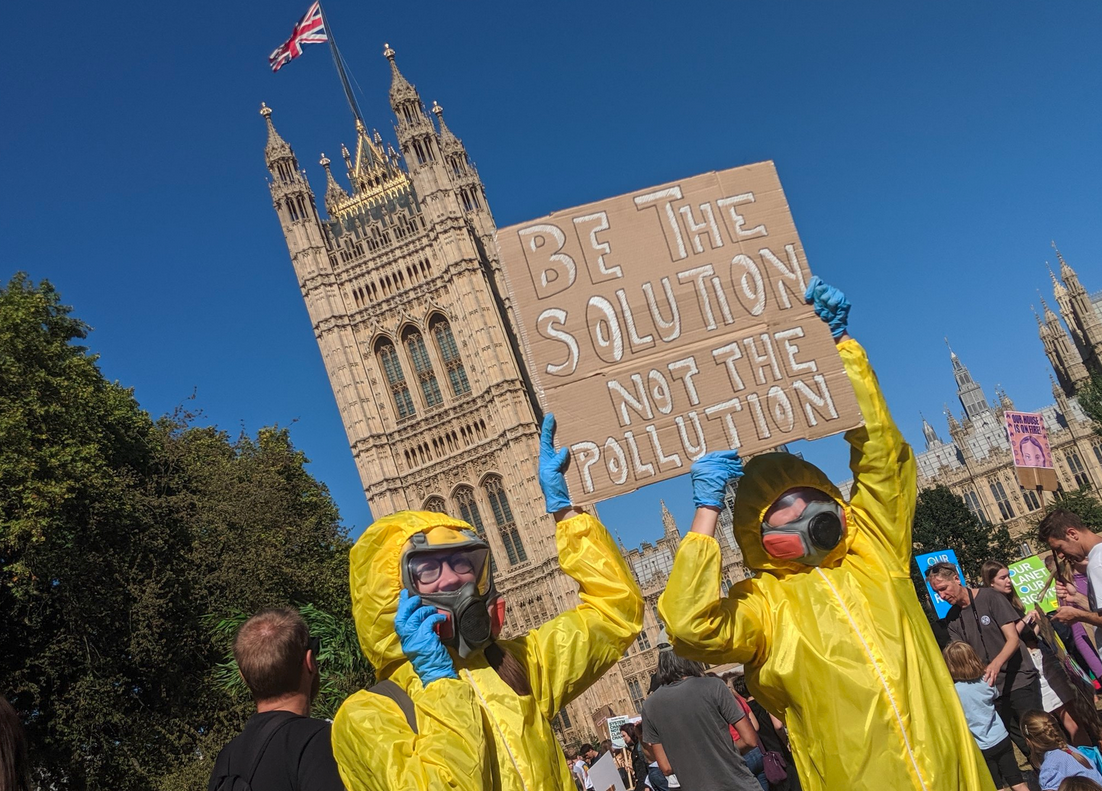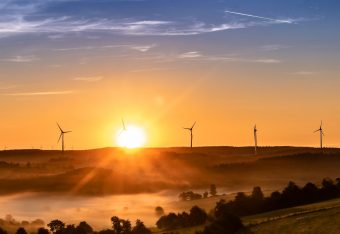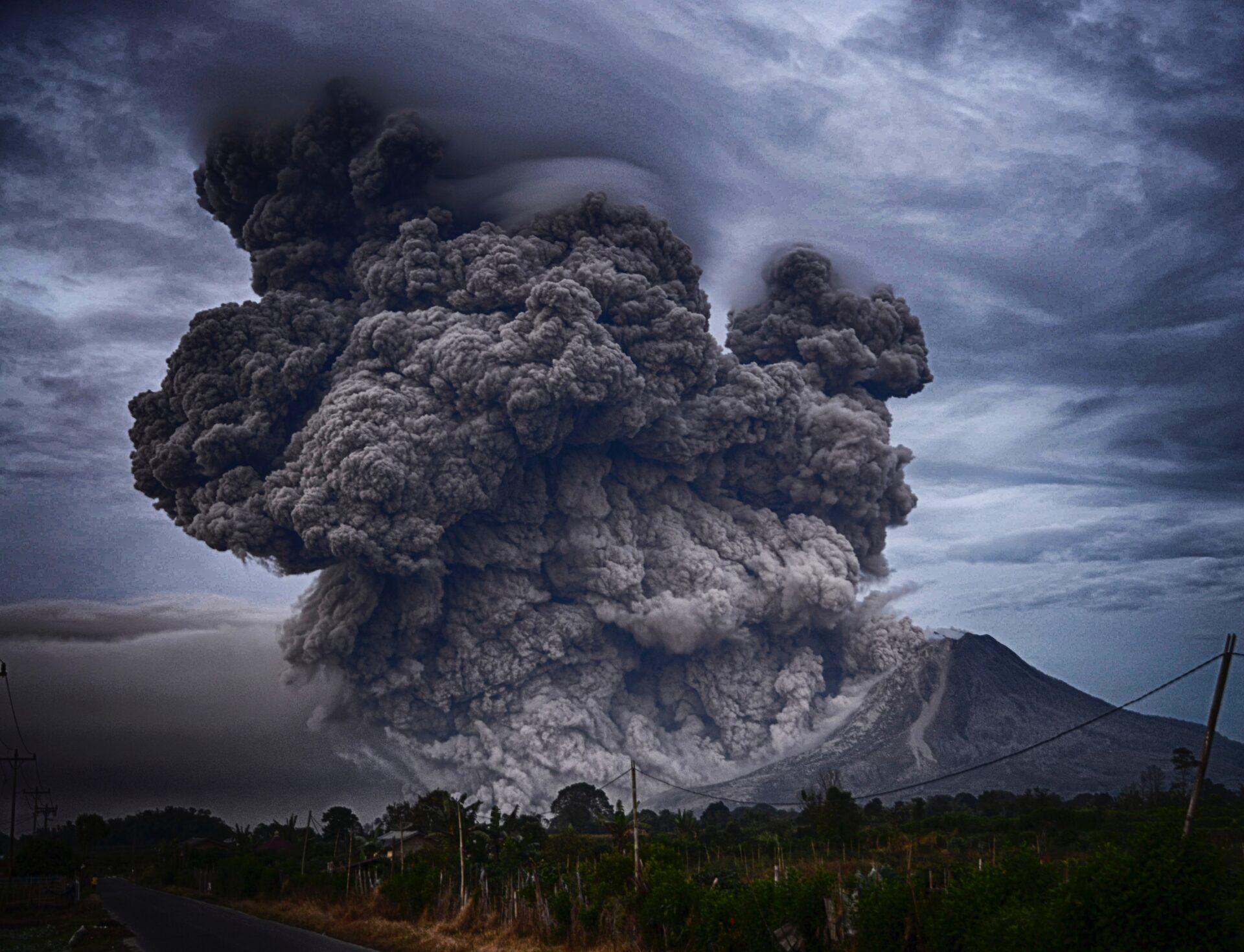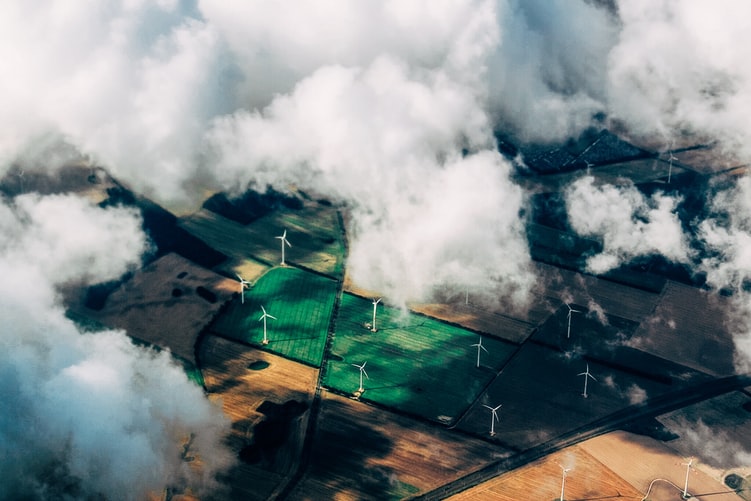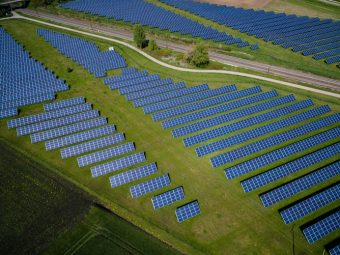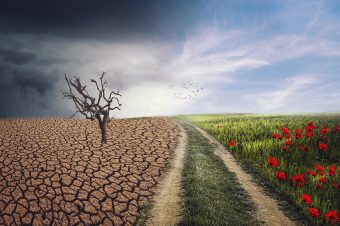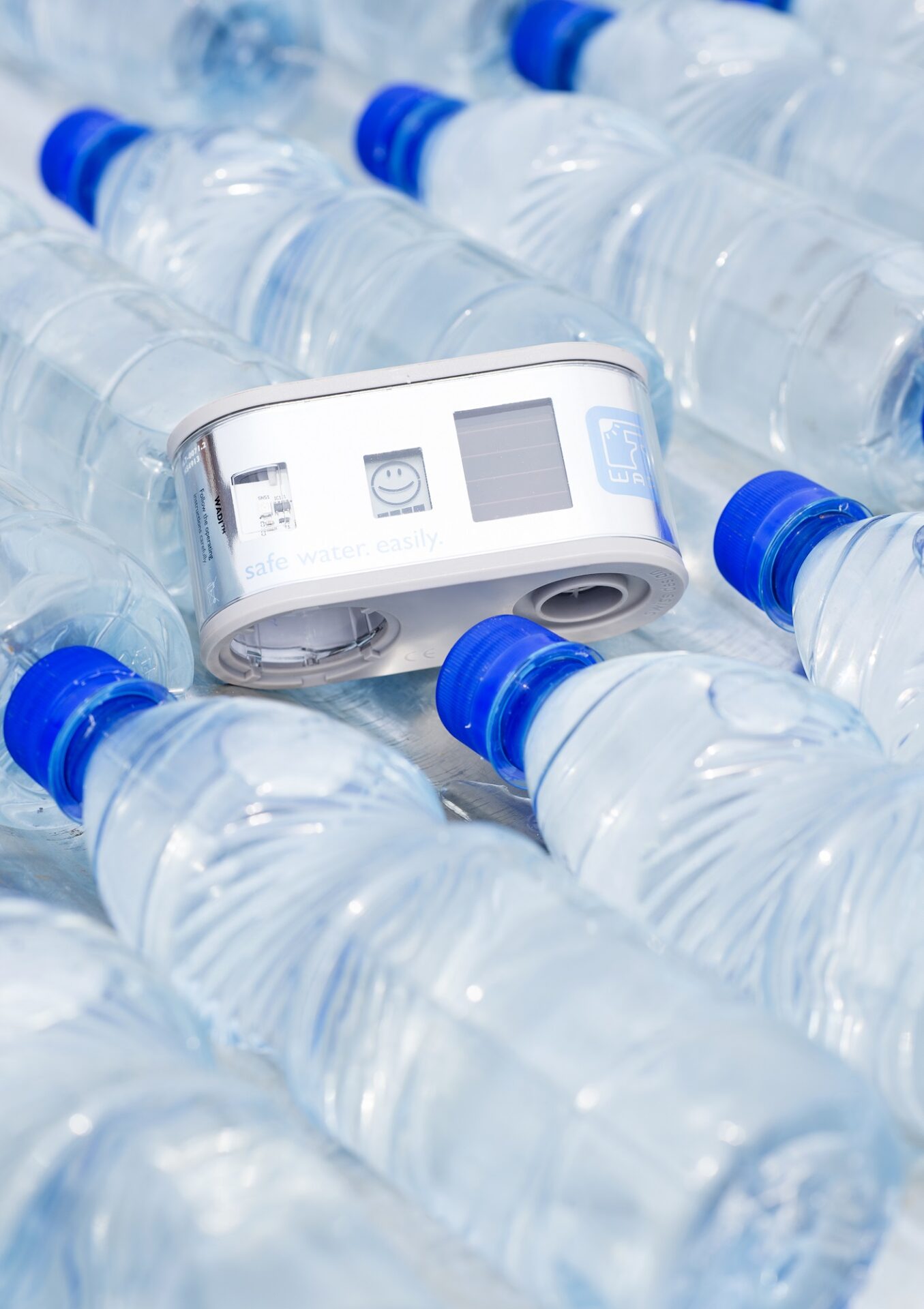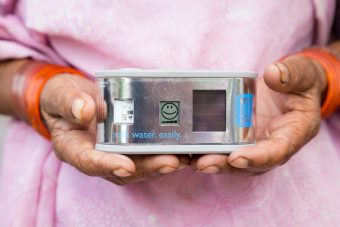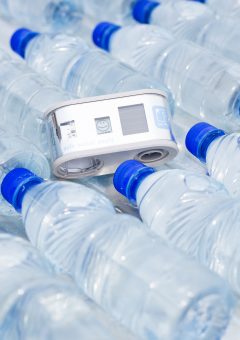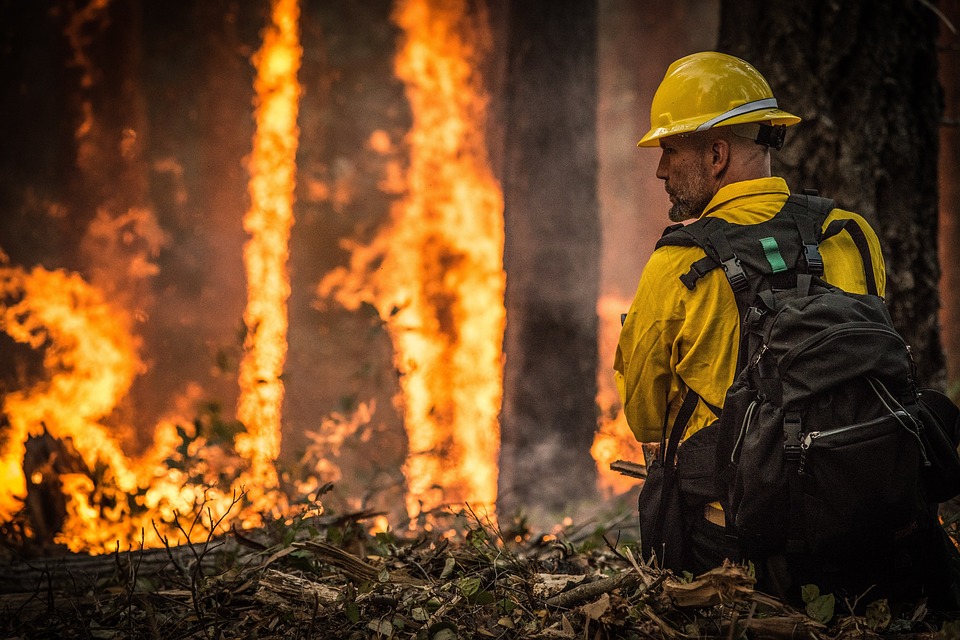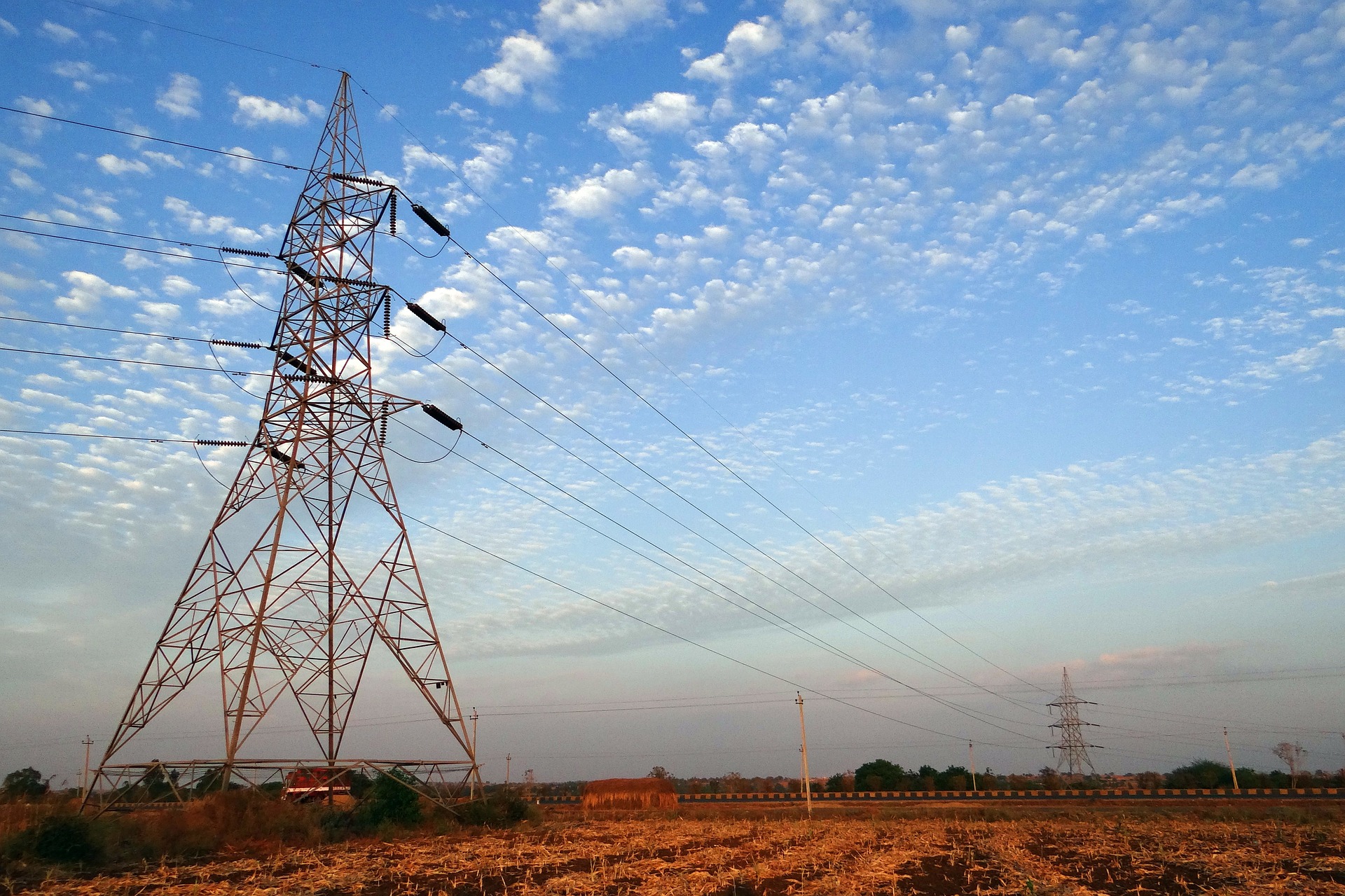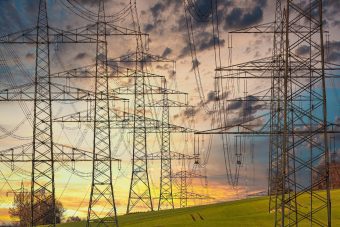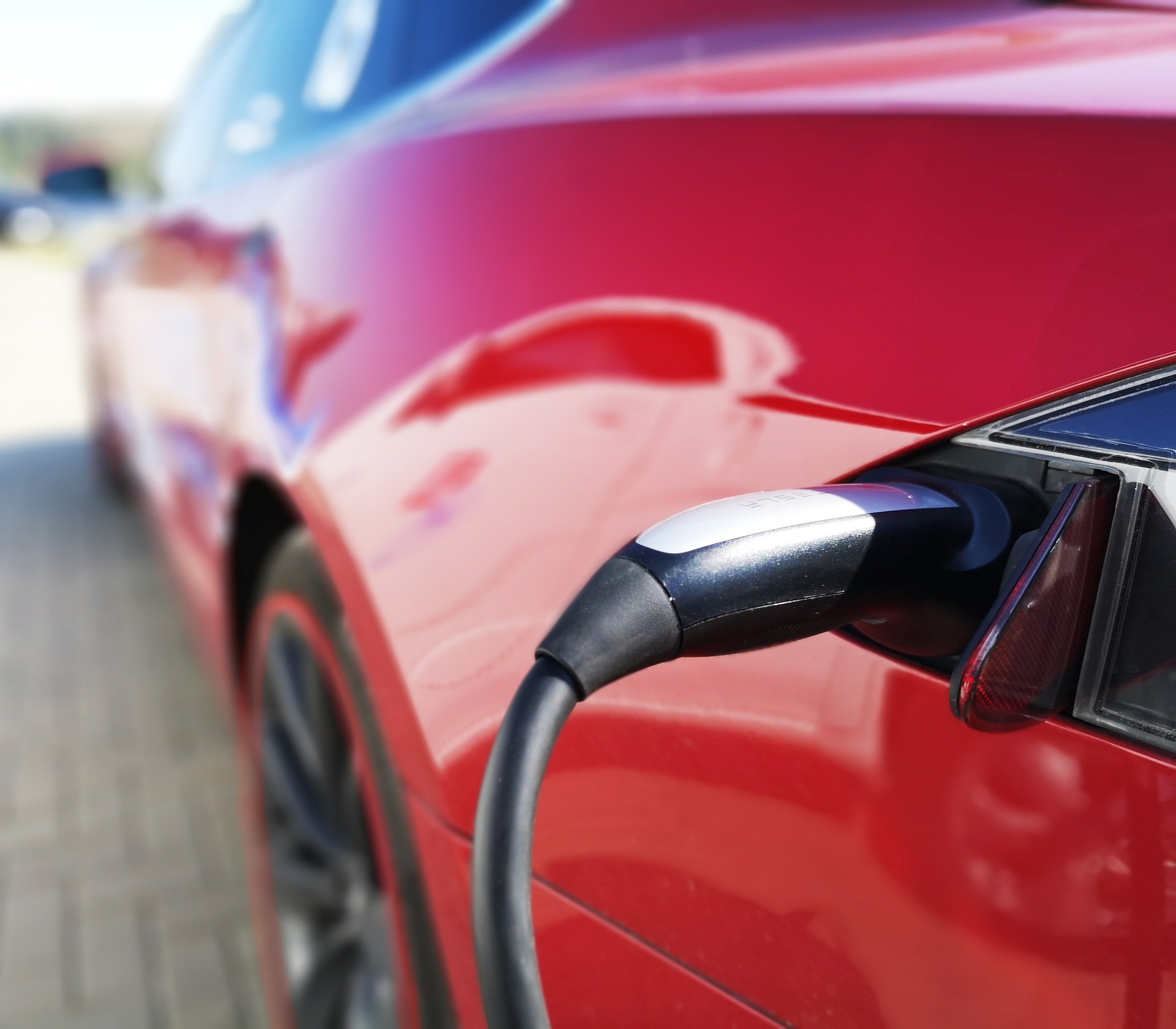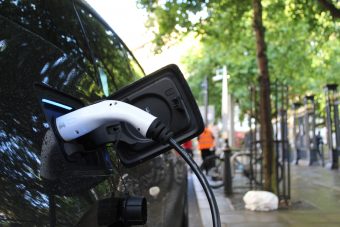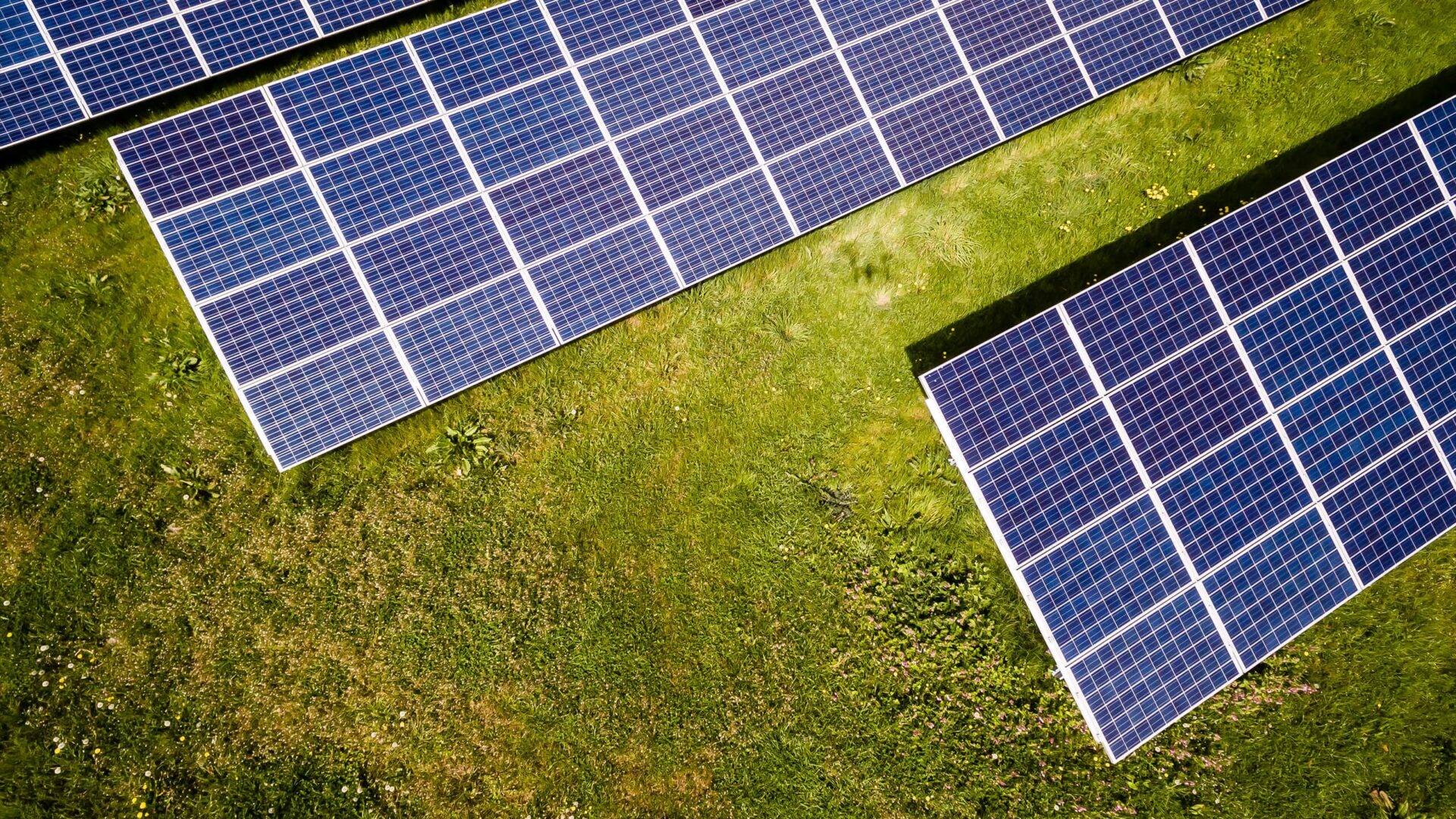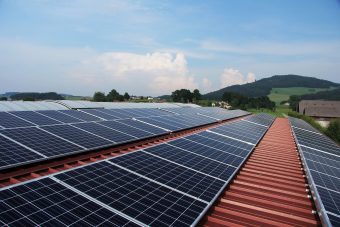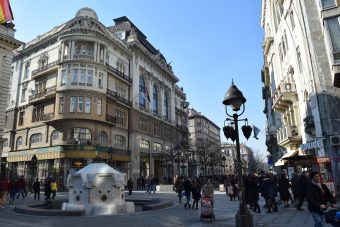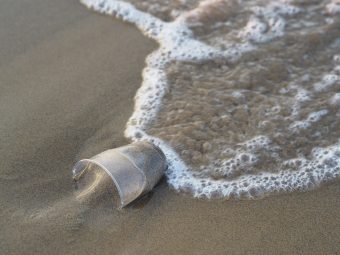
Eleven new governments have announced today at the One Ocean Summit that they will join the New Plastics Economy Global Commitment.
Led by the Ellen MacArthur Foundation, in collaboration with the UN Environment Programme, the Global Commitment has united governments and organizations behind a common vision of a circular economy for plastics.
The announcement today, that the national governments of Canada, Colombia, Greece, Italy, Norway, the Republic of Korea, Spain and Uganda and sub-national level governments of the City of Paris; region of Central Greece; and the Basque Country will be joining like-minded governments under the Global Commitment is confirmation of the growing interest and commitment of countries to act urgently to Beat Plastic Pollution.
“We will not recycle our way out of the plastic pollution crisis: we need a systemic transformation to achieve the transition to a circular economy,” said Ms Inger Andersen, UNEP Executive Director.
More:
A circular economy approach is needed to tackle the problem at its source according to a UNEP report published in 2021. The report detailed how a comprehensive circular economy approach could reduce the volume of plastics entering our oceans by over 80 percent by 2040. Reduce virgin plastic production by 55 percent. Save governments USD 70 billion between 2021-2040. Reduce greenhouse gas emissions by 25 percent. And create 700,000 additional jobs, mainly in the Global South.
“UNEP encourages governments and other stakeholders to commit to ambitious national actions towards creating a circular economy for plastic. Let’s congratulate these new members of the Global Commitment in showing their leadership to combat plastic pollution,” said Ms Andersen.
Source: UNEP

